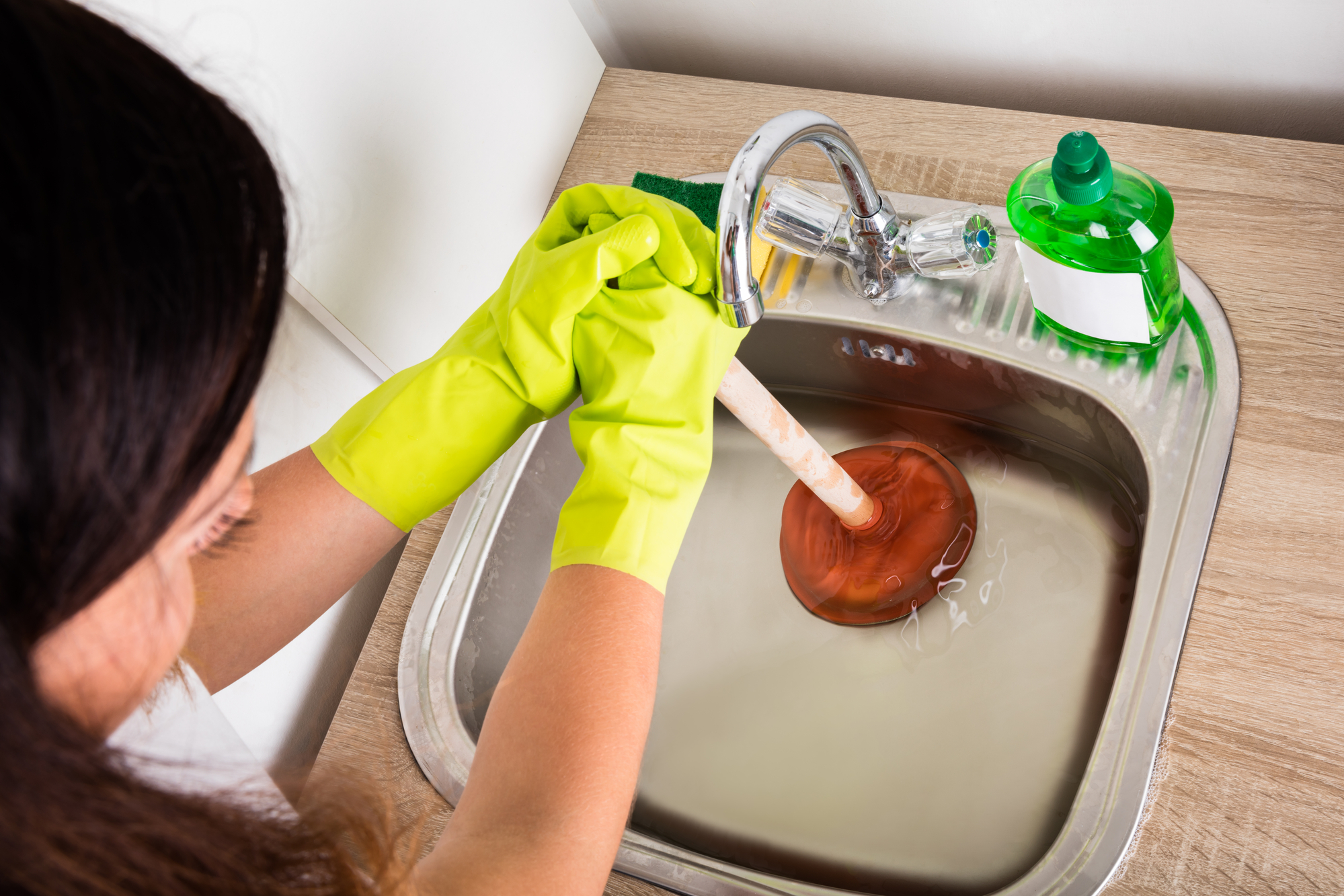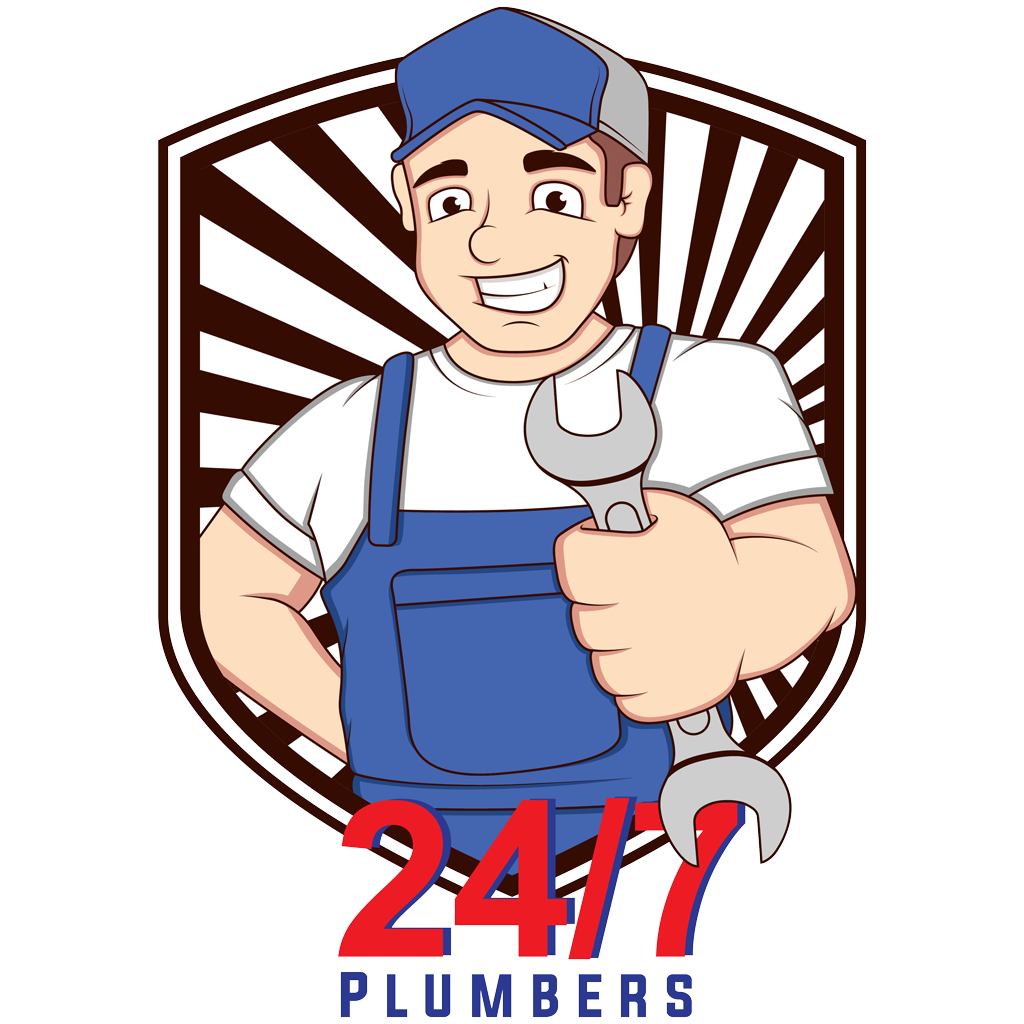Running Water Line into Detached Garage
July 18, 2023

A major challenge that homeowners face when it comes to building a detached garage is running water lines. In most cases, the main water supply comes from the house and it can be quite challenging to run water lines from the house to the garage. However, if you have the right tools and knowledge, running water lines into a detached garage can be accomplished with ease.
In this article, we will discuss the best way to run water lines into a detached garage and provide some helpful tips that will make the process easier and more efficient.
Plan Ahead
Before starting any work on running water lines into your garage, it is important to have a clear plan. This includes determining the location of the water supply and where you want to install the water lines. Consider factors such as the proximity of the main water line to the garage, the terrain, any obstacles, and the desired location of the garage.

It is also important to make sure that your water supply has the required capacity to handle the additional load that will be created by the plumbing in your garage.
Determine the Best Route for Water Lines
Once you have a clear plan, it is now time to determine the best route to run water lines into the garage. The most common way is to trench a water line from the main water supply to the garage. This method involves digging a trench and installing PVC pipes for the water lines. The trench needs to be at least 18 inches deep and wide enough to accommodate the PVC pipes.
Another option is to run a water line through an existing conduit. This method is commonly used when there are existing electrical or utility conduits between the house and the garage. The water line is installed inside the conduit, which helps to protect it from the elements and traffic.

Choose the Right Materials
When it comes to running water lines into a detached garage, it is important to choose the right materials. PVC pipes are the most commonly used material for water lines. They are durable and resistant to corrosion and chemicals. PVC pipes also have a smooth interior which helps to maintain the flow of water.
Copper pipes are also commonly used for water lines. They are more expensive than PVC pipes but are more resistant to damage and can withstand extreme temperatures. Copper pipes are also more aesthetically pleasing than PVC pipes and can add value to your property.
Install Water Lines and Fixtures
Once you have determined the best route and chosen the right materials, it is time to install the water lines and fixtures. This involves cutting the pipes to the desired length and connecting them using fittings. It is important to use the right type of fitting for the type of pipe you are using.
Once the water lines are installed, the fixtures can be added. This includes a sink, toilet, and shower. When installing fixtures, it is important to make sure that there is proper ventilation to prevent the buildup of harmful gases such as carbon monoxide.
Pressure Test the Water Lines
After installing the water lines and fixtures, it is important to pressure test the system. This involves closing all the fixtures and turning on the water supply. The system is then checked for leaks and any other issues. Any issues found should be fixed before the system is put into service.
Conclusion
Running water lines into a detached garage does not have to be a daunting task. With the right tools and knowledge, it can be done with ease. However, it is important to plan ahead, choose the right materials, and follow the proper procedures for installation and testing. With a little effort, you will be able to enjoy all the benefits of running water in your detached garage. Don’t forget to contact 247plumbers.net for any plumbing assistance or emergency needs at (877) 406-6131.
